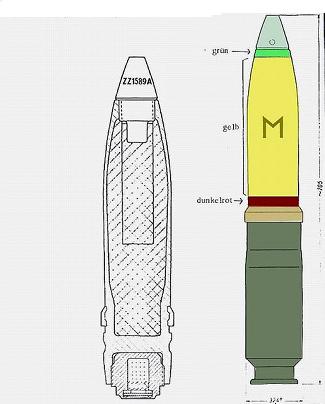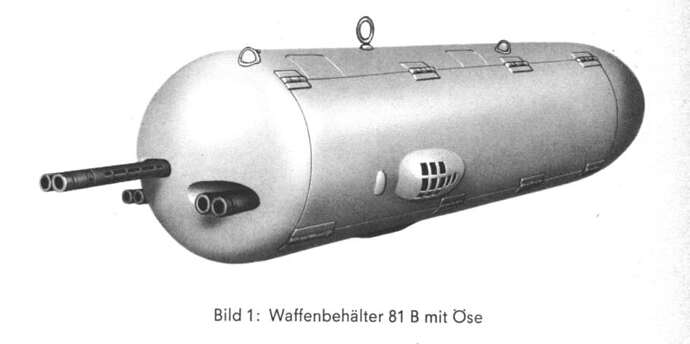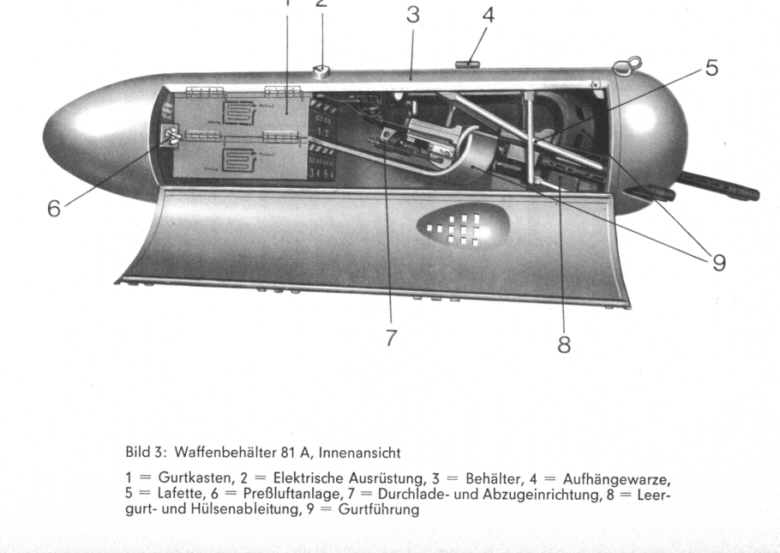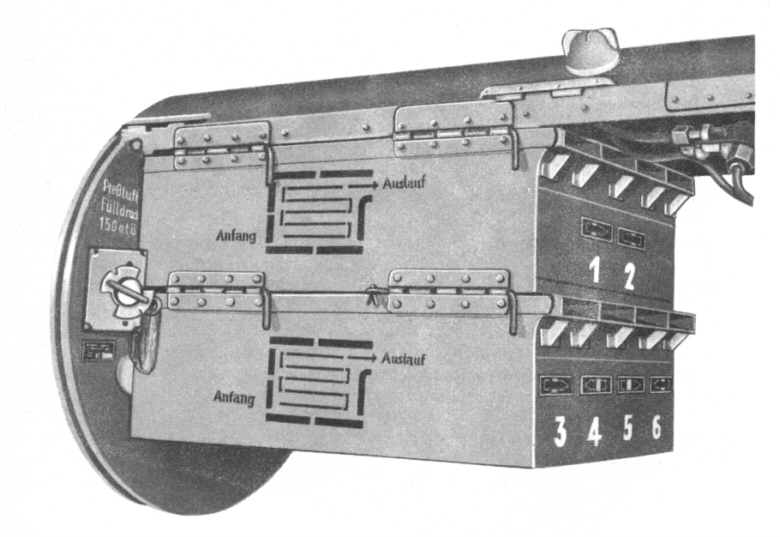Bordkanone BK 3,7 , part I:

The bordkanone series in one comprised of land weapons adapted to aeronautical use.The luftwaffe favoured the 3,7 gun mostly for two purposes:
[ul]
[li]To engage bombers outside the range of their defensive machineguns
[/li][li]To destroy armor more efficiently than the MK 101/103.[/ul]
[/li]The BK 3,7 used the long recoil system to operate, a hidropneumatic damper cilinder was used to absorb the heavy recoil in the gun mounting.
It was feeded by one or two clips of 6 rounds. The ciclic rate was 140-150 rpm.
The gun had an overall length of 3750mm and it weights 295 kg.
Use in attack aircrafts:
The first aircraft to use the BK were some Ju-88 sin the variant JU-88P-2, this a/c had a couple of 37mm cannons in a large underbelly pod, the aircraft was front tested in late 1942 and probed to be effective agaist armor and artillery emplacements but too vulnerable to russian Flak.
Ju-88P-2.
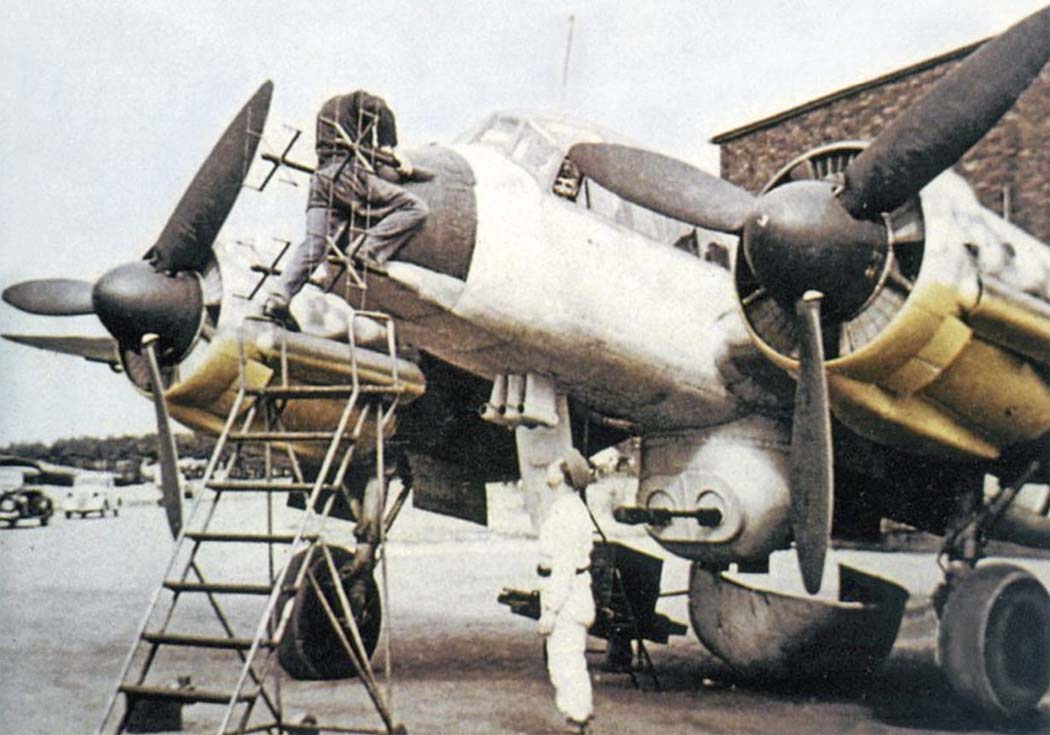
The first really succesful use was achieved when it was installed on Stukas, in march 1943 an special detachment named “Panzerjagdkommando Weiss” tested in Crimea the first Stuka G-1. This variant was fabricated from JU-87D-5 with the wings MG 17s deleted and the large weapon used instead.
The strong wing of the Stuka designed to withstand the bomb load and the heavy G forces in high angles dived recuperations was very satisfactory when coupled with the BK shock absorber. The Panzerjagdkommando Weiss entered in action inmediatly over the russian bridgehead of Kuban destroying tanks and attacking ships. The famous stuka ace Rudel claimed as many as 70 landing boats destroyed with his new G-1.
Armorer with a 6 round clip, note that is a clip already inserted in the loading plate.

Gun armonization in a Ju-87G-2. Quite loud.

Guncam showing the effects of this weapon on russian landing ships:
http://www.youtube.com/watch?v=cU6OK1zSxKg&mode=related&search=







